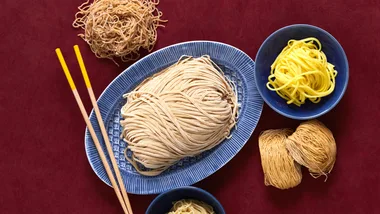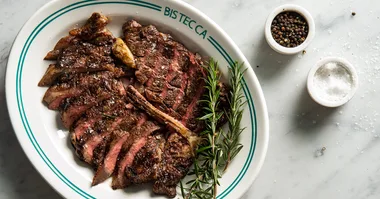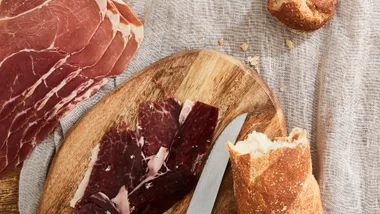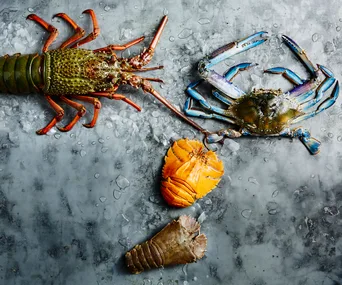The turnip, “kabu” in Japan, is one of the oldest cultivated vegetables and is said to have made its way to Japan via China and Afghanistan – a journey that took place around the 8th or 9th century. In the centuries that followed more than 80 varieties of kabu evolved with varying colours, shapes and tastes, with most of these, including the red-skinned varieties that were grown in mountainous regions, developed in isolation.
This level of diversity is not seen in any other country and is what has elevated the kabu to be regarded as an iconic vegetable in Japan alongside the daikon, also of the Brassicaceae family. The Hida Beni red turnip is a scarlet-skinned, globe-shaped turnip cultivated mainly in Japan’s Takayama. It originated in the city’s Nyukawa area, and in 1918, a red-coloured mutant was discovered, which later came to be called Hida Beni kabu or “the red turnip of Hida”. “Beni” refers to a particular shade of red from the pigment of benibana (safflower), which has been used to paint the inside of sake cups and small plates since ancient times.
Unlike its vivid red skin, Hida Beni’s flesh is white with some internal red streaking. It has a mild, sweet flavour and can be eaten raw in salads. Traditionally it is pickled and, during this process, the red pigments leach from the skin, staining the white flesh red and resulting in a vibrant, naturally coloured pickle that is celebrated for its beautiful red hue. Hida Beni, like all Japanese turnips, is best grown in cool-climate conditions. It is best grown fast and picked young, especially if planted in spring.

Pickled Hida Beni
(Photo: Brett Stevens)The Hida Beni red turnip from Japan makes excellent pickles – serve as a snack or on the side of sushi and sashimi. Hida Beni seeds are available from australianseed.com. Ume mirin is mirin that has been infused with a preserved Japanese plum; if it’s unavailable, substitute regular mirin.










